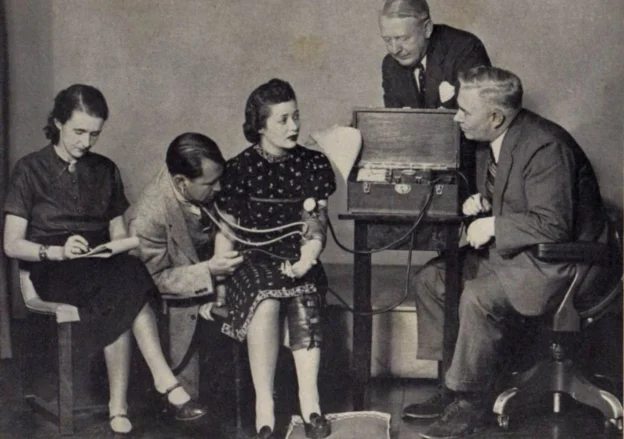The Myers-Briggs Type Indicator (MBTI) is a widely used personality assessment tool based on Carl Jung’s theory of psychological types. Developed by Katharine Cook Briggs and her daughter, Isabel Briggs Myers, the MBTI classifies individuals into one of 16 personality types based on four dichotomies:
Continue reading







